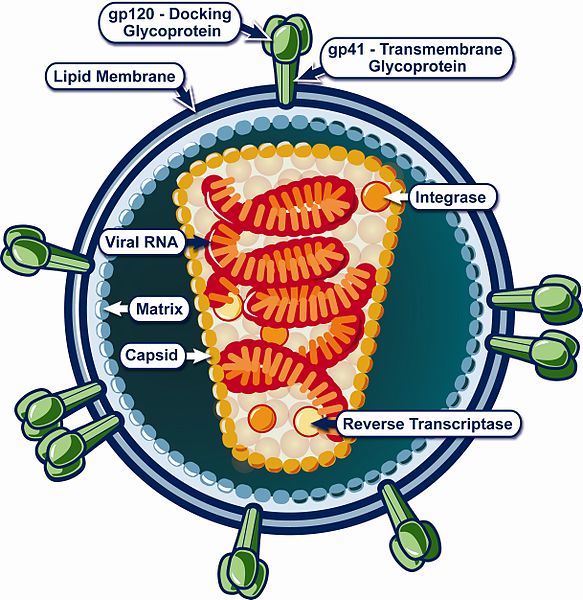While most of the world has seen a decline in HIV cases in recent years, the Philippines is one of the few countries on the planet reporting an increase in cases.

Between 2010 and 2016, the number of new infections has increased by 140% – representing the highest increase of any country in this period. An average of 31 newly diagnosed cases of HIV infection per day were reported in 2017. In addition, HIV drug resistance has been reported in the Philippines.
The HIV subtype circulating in the Philippines has changed from predominantly B to the circulating recombinant form CRF01_AE, a strain common in Southeast Asia.
Going to the Caribbean this Spring Break? Find and book the best tours and activities
In an interview with DW, Director of the Institute of Molecular Biology and Biotechnology at the National Institutes of Health at the University of the Philippines, Dr. Edsel Salvana said, “We have discovered that the explosion of HIV in the Philippines is due to a shift from the Western subtype B to a more aggressive HIV subtype AE. Those infected by the HIV subtype AE are younger, sicker patients who are more resistant to antiretroviral (ARV) drugs. We are also seeing a faster progression to AIDS under subtype AE”.
However, a Joint World Health Organization/UNAIDS Q & A recently published says shifts from one subtype to another in a country or region have been previously described. This may occur due to changes in population risk behaviors and other host and human genetic factors. All subtypes are treated with the same regimens and respond equally well to treatment.
Affordable at-home test for HIV. Fast & confidential. Order now.
The CRF01_AE that is circulating in the Philippines has not been documented to be more infectious than other subtypes or circulating recombinant forms. Insufficient access to prevention and treatment are the main drivers of the HIV epidemic in the Philippines.


One thought on “HIV in the Philippines: Increase in cases, new strain and drug resistance”